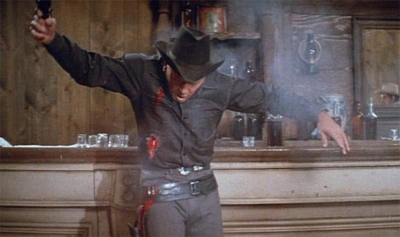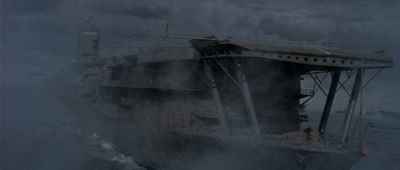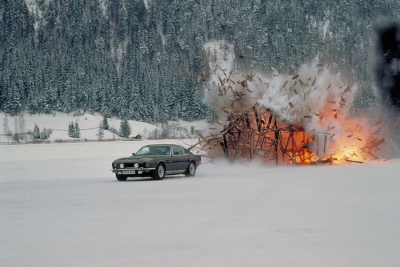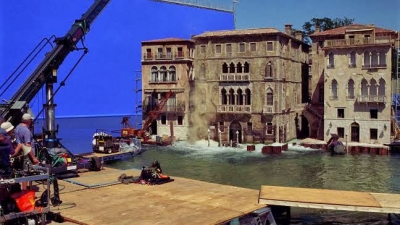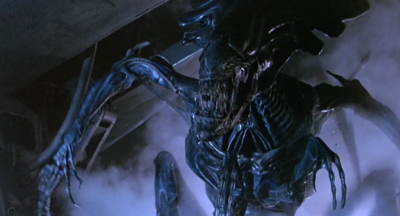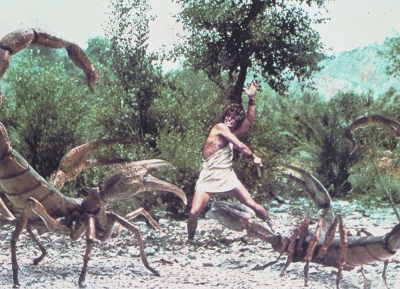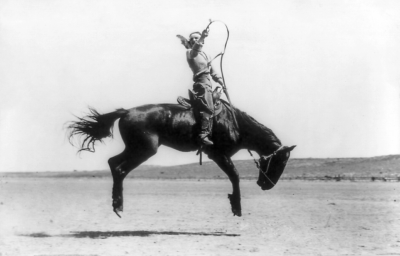
A world rodeo champion, ‘Yakima’ Canutt became one of Hollywood’s most famous stuntmen – specialising in working with horses. He began his career in the silent era. At that time, studios liked audiences to believe the stars did their own stunts.
Canutt’s most celebrated feat was in John Ford’s Stagecoach (1939), when he leap from his war pony onto one of six horses pulling the coach. Shot by the hero John Wayne, Canutt fell between the horses and was dragged, before finally losing his grip. The stagecoach thundered over him, its wheels passing on either side, and Canutt struggled to his feet, proving it was no dummy in a trick shot. The stunt has been imitated many times since. Canutt won an Oscar in 1966 for his lifetime stunt achievements and developing protective safety devices for stuntmen.
Even the best-planned horse stunts carry element of danger. Former doyen of British stuntmen Bob Simmons described how his friend Jack Keely was killed during the desert adventure film Zarak (1956): ‘All appeared to be going well. Both our horses fell beautifully. The call came, “Cut!” And then the familiar, “Everyday all right?” I looked around for Jack. I saw that he had gone down just short of the camera pit. He didn’t get up. He was lying there motionless. Tragically, his horse had fallen on top of him and broken his neck.’
Training a horse to fall is done by strapping up one of its forelegs so that it stands on only three legs, then tugging the reins to the opposite side.
The animal, off-balance, with fall. After constant repetition, the horse will fall to order while galloping or cantering when it feels the bit being jerked sharply to one side. The technique is called falling ‘on the hit’. So that the animal is not injured, the spot where it will fall is dug up and filled with sand or peat moss.
In the early days of the cinema, trip wires were used, rigged to the horse’s foreleg, with the other end firmly tethered. But the cruel technique was banned because it could injure a horse’s back or neck and the animal would have to be shot.
Picture Credit : Google



